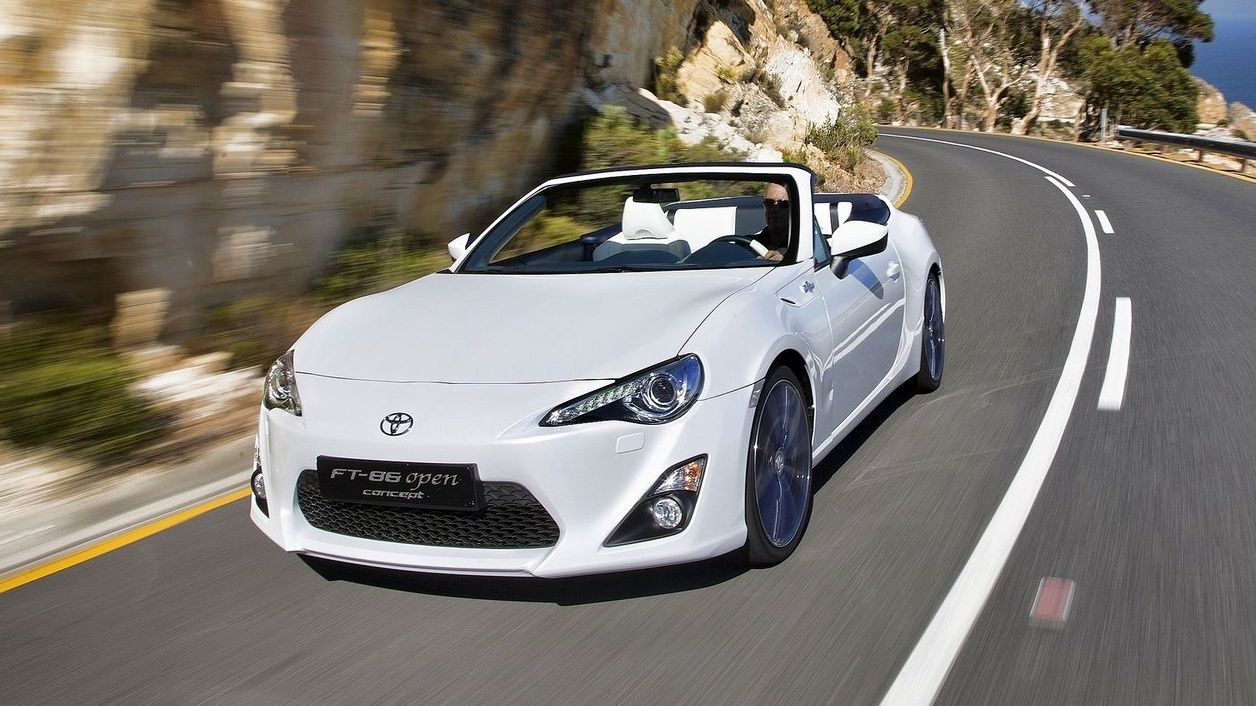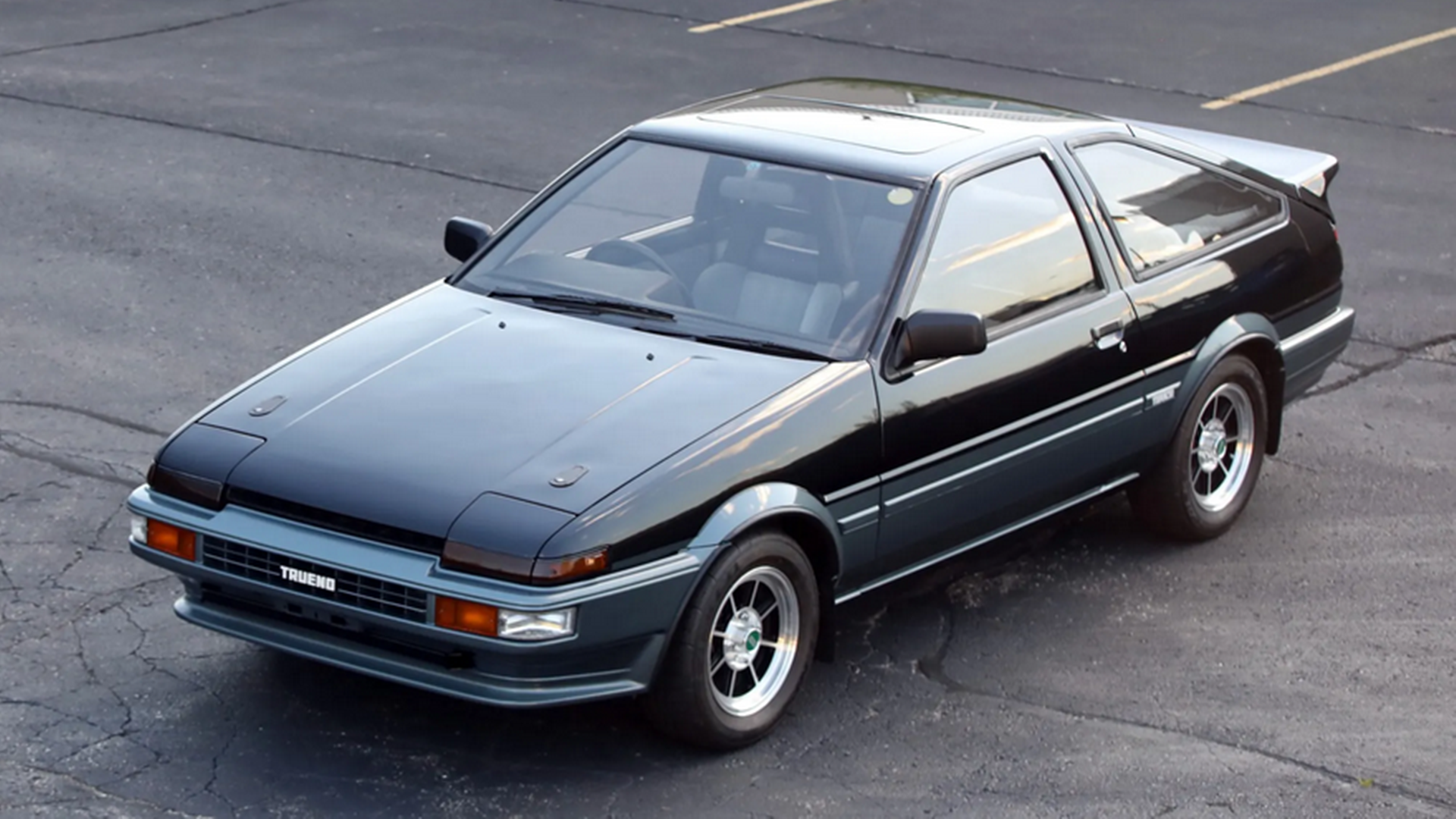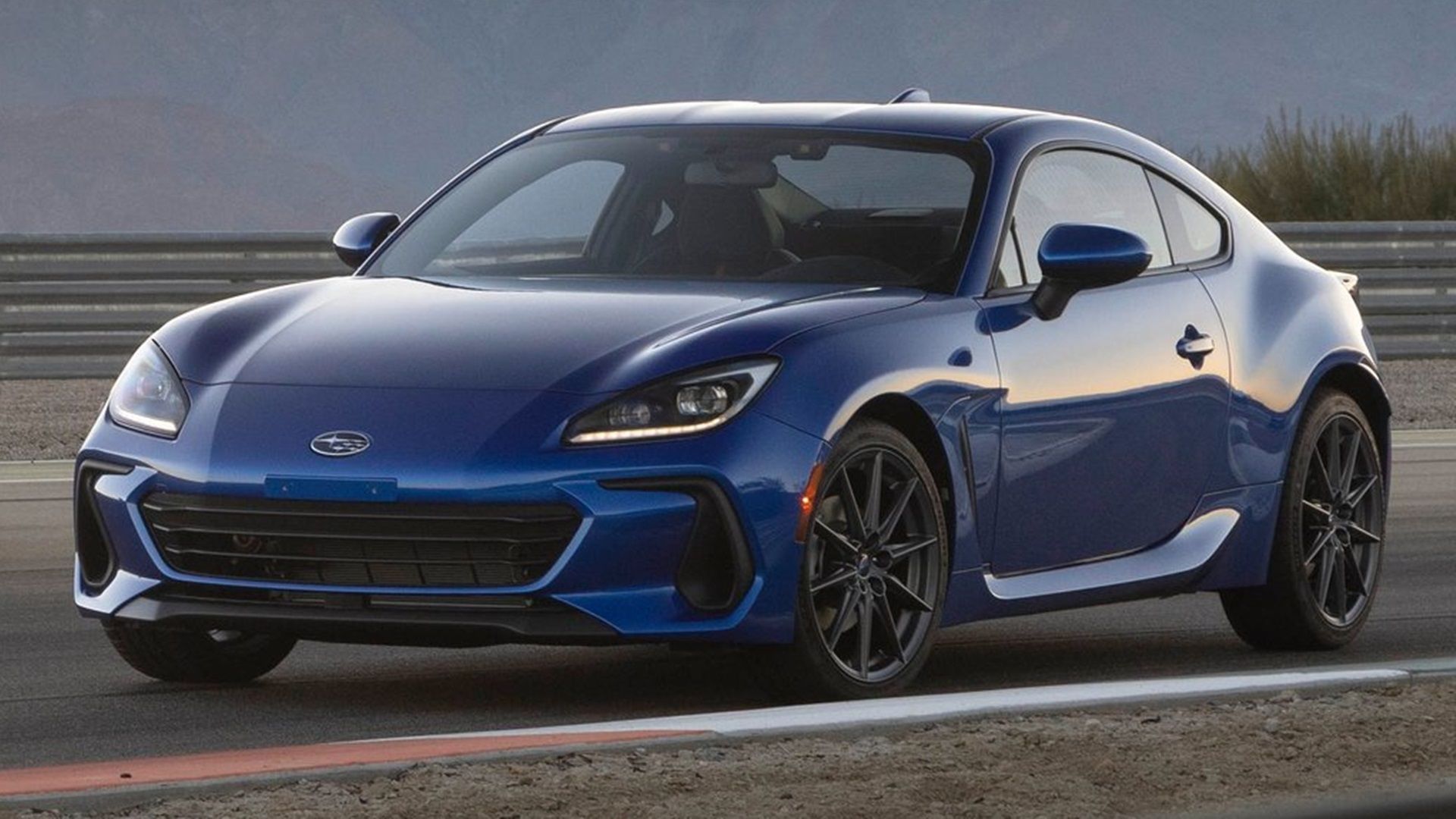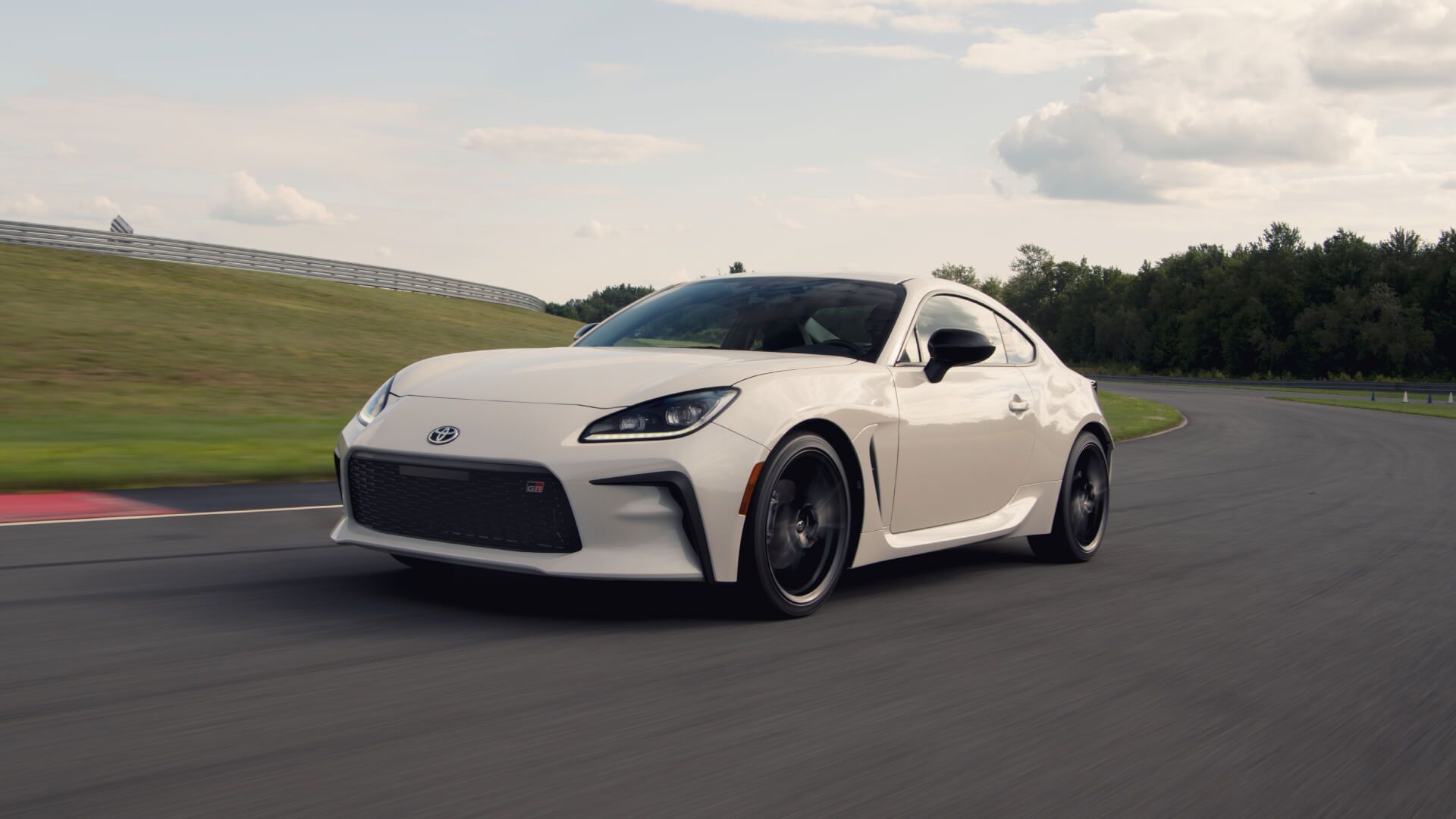Summary
- The Toyota GR86 is a lightweight, affordable sports car that offers fun and driver engagement. It is one of the cheapest new sports cars available in 2023.
- The decision not to make a convertible version of the GR86 was due to a few reasons. The 86 has always been a coupe, following the ethos of its predecessor, the AE86. Making a convertible would have shifted more weight to the rear and required significant modifications to the chassis.
- Toyota chose to team up with Subaru to save money on development costs. Sharing parts and collaborating on the project allowed both companies to produce a high-quality sports car while managing costs. The GR86 has an increased engine size and improved power, eliminating previous complaints about lack of power in the first car.
Toyota is one of the few automakers that still make lightweight, fun, and affordable sports cars. The Current GR86 is one of the cheapest new sports cars you can buy in 2023. For less than $30,000, you get a brand new rear-wheel drive, lightweight, manual sports car with a focus on fun and driver engagement.
The Miata used to be the go-to vehicle in this segment because of these same characteristics but now it has the 86 as a direct competitor. But there is a major difference between the Mazda Miata and the Toyota 86, the Miata is a convertible and the 86 is a coupe. Toyota did tease us with a convertible concept in 2013 with plans to make a convertible version. But they never ended up making one and they’re a few reasons why.
The 86 Has Always Been A Coupe
The first version of the 86 aka the AE86 was a car lightweight, affordable, and easily modifiable car built for fun driving and superb handling. It had a 50/50 weight distribution with a host of mechanical parts which were easily tuned for racing purposes. It was so good that it became the car of choice for different purposes which included:
- Stock car racing
- Group A
- Group N
- Rally racing
- Club racing and
- Drifting.
So when Toyota planned to build the new 86, they made sure it had to follow the same ethos as the first car. To achieve this, a lot of lightweight components had to be used and Toyota achieved most of its aims for this vehicle. But one thing it couldn’t achieve was a perfect 50/50 weight distribution but they got close at 53/47. It weighed under 2,900 pounds (1300 kilograms), a convertible would have shifted more weight to the rear.
The 86 Is Built In Conjunction With Subaru
Everyone knows the Toyota 86 and Subaru BRZ are identical cars underneath except for a few changes for each brand. But take the badges off and you would not know which was the Toyota or Subaru. This vehicle was conceived by Toyota, but they also had a stake in Fuji Heavy Industries which owned Subaru.
So, they invited Subaru to work on this project with them. This led to the vehicles being built and assembled at Subaru’s plant in Gunma. There were a lot of parts shared between the brands, the chassis and engine were from Subaru while the manual transmission was from Toyota. Chassis tuning was also done by Toyota to make sure they got the feeling they wanted from the car.
Making a convertible would have required a host of changes on a platform that did not belong to Toyota. Subaru owned the chassis and the task of making a convertible would have required them to modify the chassis which they were not ready for. Subaru also doesn’t make convertibles so this Chassis was never designed to be built as a convertible in the first place.
It Would Cost More Money To Engineer
Toyota had to team up with Subaru to save money on development. Developing a brand-new sports car costs a lot of money and this was a low-volume sports car. Subaru already had a chassis and engine available so this saved both companies a lot of money on development costs. Sharing a lot of parts also meant they could be interchangeable with each car, this project was an exercise in money management while trying to produce the best fun sports car possible.
Engine Specifications
Vehicle | Toyota GT86 | Toyota GR86 |
|---|---|---|
Engine | NA H-4 | NA H-4 |
Displacement | 2.0 liters | 2.4 liters |
Power | 200 horsepower | 228 horsepower |
Torque | 151 pound-feet | 184 pound-feet |
Transmission | Six-speed manual/automatic | Six-speed manual/automatic |
Layout | Rear-wheel drive | Rear-wheel drive |
One of the main complaints of the first car was that it didn’t have enough power and a dip in the torque curve at higher RPMs. Owners who modified their engines would sometimes add a turbo for more power. Toyota could not add this from the factory as it would cost money to re-develop and be reliable. So for the GR86, the engine size was increased from a 2.0-liter to a 2.4-liter unit with more power and eliminated the torque dip.
A Convertible still did not come with this version and there’s a good reason why. The GR86 had a lighter Aluminum roof, hood, and front fenders to help mitigate the weight gain from the new engine and safety features. It also borrows a lot of elements from Subaru’s Global Platform which made the GR86 50 percent stiffer than the previous car.
Subaru had also previously stated that bracing needed to stiffen the GT86 chassis would add so much weight to the vehicle and compromise handling. They also stated that it needed the wheelbase stretched to accommodate the roof mechanism and maintain the backseat. These changes would significantly drive development costs higher. A lot of money has been spent in re-developing the new GR86 and similar problems would still apply today.
A Convertible Would Compromise The GR86
The Mazda Miata may be a lightweight convertible but it has been engineered to be that way from the start. Even the Fiat 124 Spider which uses the same chassis as the Miata is strictly a convertible because the chassis has been made to be that way. Although Mazda made a Miata RF version with a hardtop, it is still not a coupe.
This is a similar story with the GR86, it has been engineered to be a coupe with strict requirements and targets. It is already heavier than the Miata but this is not surprising since it’s much stiffer and has way more power. Even with the lighter Aluminum body panels, it still maintains the same weight as the GT86 which is a huge feat. Adding a convertible was just a compromise that could not be made.
Lower Demand For Compact Convertible Sports Cars
Sports cars are not a necessity but a fun item, they will never be in high demand the same way a regular car would be. Toyota had its best U.S. sales year in 2017 with 684,686 vehicles sold, for comparison, we’re only halfway into 2023 and Toyota has sold over 120,000 Corollas which is similarly priced to the GR86.
Even expensive luxury cars like the Mercedes S-class which easily start at over $100,000 sells over 15,000 cars a year. This means the 86 vehicles don’t sell in huge numbers which makes the profit margins a lot smaller. In 2022, the GR86 did do very well with 11,996 cars sold. This was the best year so far as Toyota did make a host of changes consumers wanted.
But this is still a small dent in Toyota’s huge sales portfolio. Consumer preference is also shifting with people opting for powerful and fast cars as opposed to lightweight and slow, fun cars. Another reason is the impracticality of these vehicles since you can only seat two people.
Finally, convertibles in general don’t sell so well, Toyota hasn’t made any convertibles since it discontinued the Solara Convertible in 2008. We may never get a convertible GR86, but we should be happy we are even able to get a sports car like this from Toyota.




